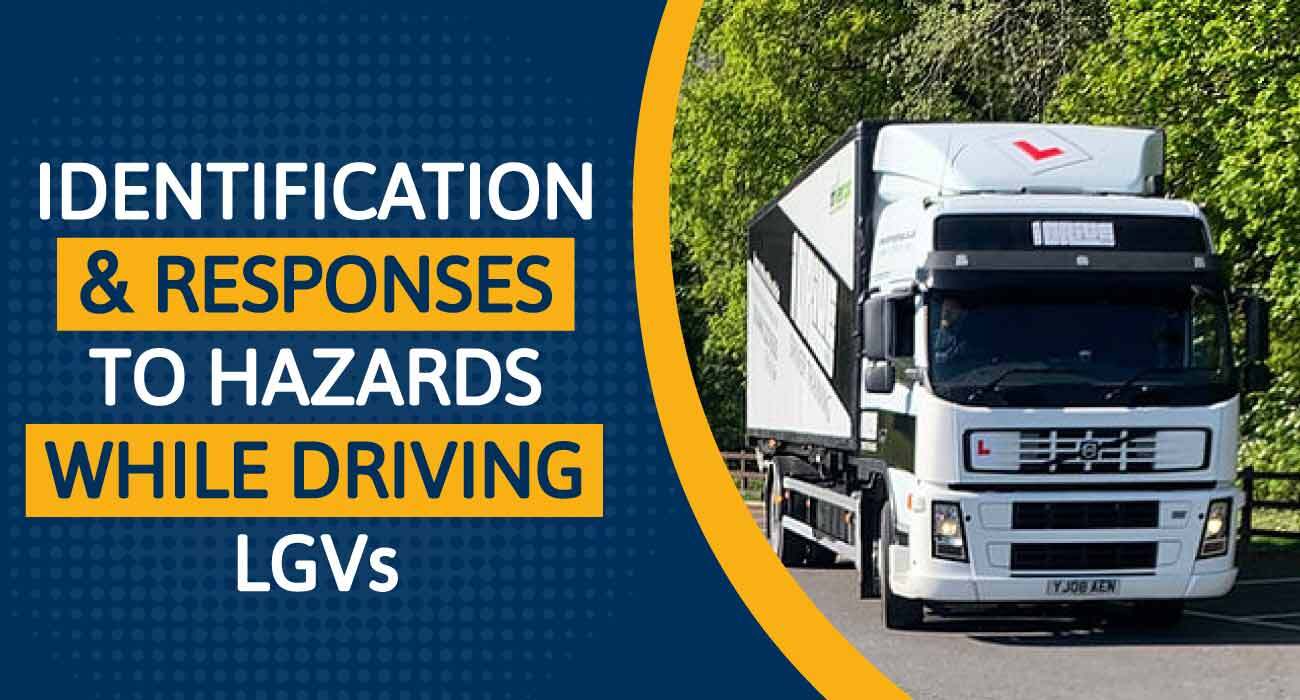Write For Us Health and Beauty Blogging
Do you believe that the topics related to health and beauty attracts you and you do have interest and knowledge concerning these topics. If you are among these categories then we have a wonderful chance for you through which you can establish or boost your career.
By writing for write for us health and beauty category post for our website you can get a chance to get your article and stories published on the desired topic across the world which can be beneficial for you in giving you a position of an author, influencer, blogger and also can help in the promotion of your business channel related to health and beauty sector.
Working and getting a write for us health and beauty article and blog published with us is an easy and hassle-free process that can help in various ways to give an ample boost to your career such as:-
- Being a business organization that deals with beauty and health-related products and work, write for us health and beauty can provide you with proper promotion and can increase the sales and name of your business as your articles will be read by millions of people across the world.
- Being an influencer or blogger or author can help you to get your ideas and views promoted and get a recognized status in the field with Write for us health and beauty posts.
We do accept various categories in write for us health and beauty such as:-
- Healthy Lifestyle Write for Us
- Write Us Health
- Health Blogs Write for Us
- Submit Guest Post Technology
- Write for Us Beauty and Fashion
- Beauty Write For Us
- Write For Us Shopping
- Write For Us Gambling
- Write For Us Marketing
- Casino Guest Post
- Write For Us Agriculture
- Write For Us Automotive
- Furniture Write For Us
- Kitchen Write For Us
- Write For Us Travel Guest Post
- Write For Us Legal
- Write For Us Property Management And Real Estate
Write for us health and beauty posts with us is simple and one just needs to submit the same with us by visiting our website https://www.blogging23.com/ or by dropping an email to us at contact.blogging23@gmail.com just by keeping a few technicalities in mind such as:-
- We do not accept content created with artificial intelligence technology.
- The content created should be unique and well-written in terms of language.
Content Creation for Blogging 23 - Write For Us Health and Beauty Related Topics
As you write for "Write for Us Health" opportunities, focus on giving the reader value through evidence-based advice that's actionable. Credibility is key in health content; sources are often drawn from medical journals, established health organizations, or qualified professionals. Use technical jargon only if you will define it for readers who might be coming across something new in a topic. You can also make it interesting and relevant by providing practical advice, step-by-step guides, or even personal anecdotes.
But when writing, never underestimate the strength of storytelling. Personal experiences-those relevant to your point-will definitely make your article more relatable to readers and increase its chances of being read. Health content usually deals with sensitive or painful themes; thus, using a sympathetic tone will ease your audience's consolation.
Writing to health platforms becomes a powerful way of contributing positively to society by giving their readers tools and information to better manage health. The "Write for Us Health" initiative amplifies the voices of diverse health professionals and enthusiasts, while also enriching the quality and depth of available health information online. Whether you are an expert or a learner, your contribution can make a significant difference in people's lives and facilitate healthier, more-informed living.


.jpg)



0 Comments